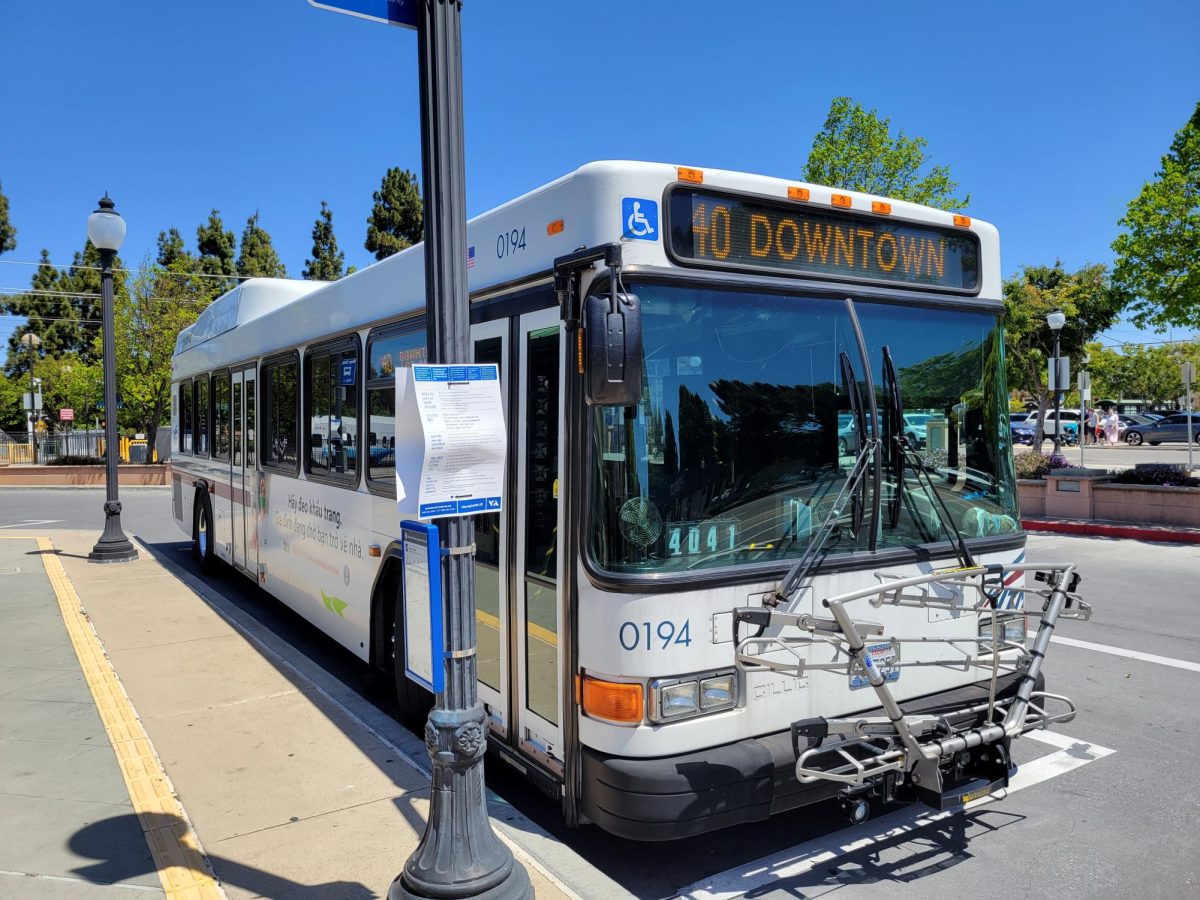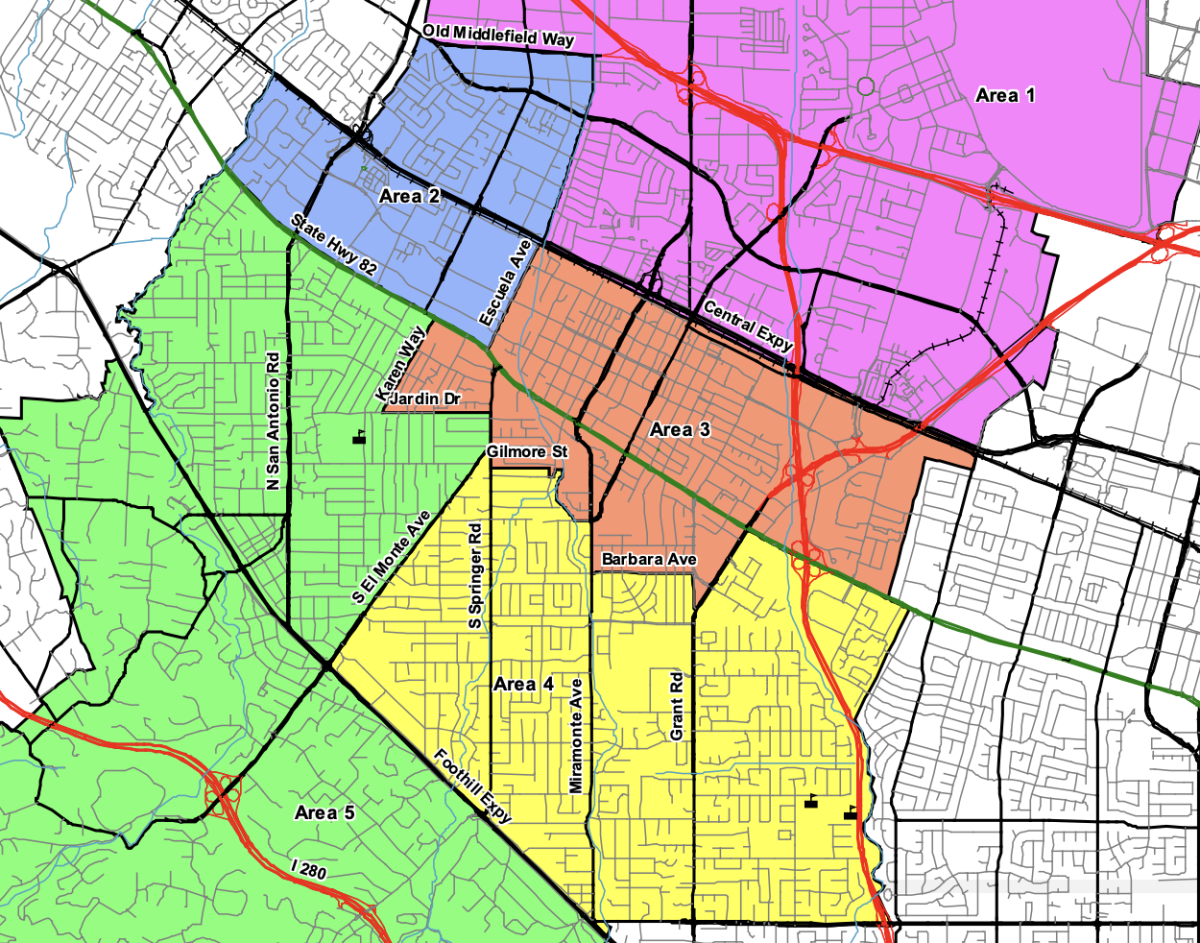Due to a change in the state budget passed in June, teachers, school districts and the state of California will all be required to contribute more to the State Teacher Retirement System (STRS), which pays for the pensions of teachers in California. The increases will be implemented over the next five years, giving districts and teachers time to adapt.
Teacher pensions in California are funded by two main sources: the district contributes 8.25 percent of a teacher’s yearly salary, while 8 percent of a teacher’s salary is set aside towards the pension. However, unlike other public pensions in California, teacher pensions also receive a contribution of 3 percent from the state.
“The state government does not contribute anything to the retirement plans of police officers, firemen, local government workers, so teachers who work at the local level are the only group of employees that the state also contributes money to,” State Assemblyman Rich Gordon said.
Under the governor’s proposal, the state, district, and teachers would all gradually increase their contribution until 2019. Once the changes have taken full effect, teacher contributions will amount to 10.25 percent of their salary, while districts will contribute 19.1 percent, and the state will pay 6.3 percent.
The STRS currently has a funding shortfall of about $67 billion, and without any changes, would have become bankrupt.
“If they did nothing…in 30 years the retirement system would be out of money,” Assistant Superintendent Mike Mathiesen said.
The plan places most of the burden on local school districts, and while recent state education funding increases may help them to pay, some fear that the plan will prevent them from spending on students.
“We’ve recently been able to invest more money into our schools, and I want to make sure that money improves education, and I know some of it will probably now be used to meet the requirements that the state put on local districts,” Gordon said. “There will be some places where this will be harder to do, and …maybe they have to increase classroom sizes…maybe they reduce staff in certain positions. I’m hopeful though…that no district has to make cuts.”
The district expects increases in its revenue over the next few years, allowing it to pay for the increase without any drastic changes.
“We’re in a fortunate situation where we will be able to absorb the expenditure, because we anticipate property tax continuing to grow,” Mathiesen said. “What it may mean is maybe you delay constructing a building for a year. Maybe you allow class sizes to grow by one student instead of hiring that new teacher.”
The governor did not include teacher pension reform in his January budget proposal, but added it in May in response to widespread pressure to address the issue.
“Governor Brown doesn’t like to spend money, so I’m not sure that he wanted to [increase pension funding],” Gordon said. “But I think he saw that there was pressure from the legislature, and very strong public opinion.”
The plan is intended to fully fund the pension system, resolving the shortfall. Many, however are skeptical that the changes are enough.
“I’m not convinced that this solves the problem in the entirety,” Gordon said. “It improves the situation, but there are other things that could be looked at, and that have been looked at…the increase that occurred this time…in a few years, we’re going to have to probably ask everyone to do that again.”














